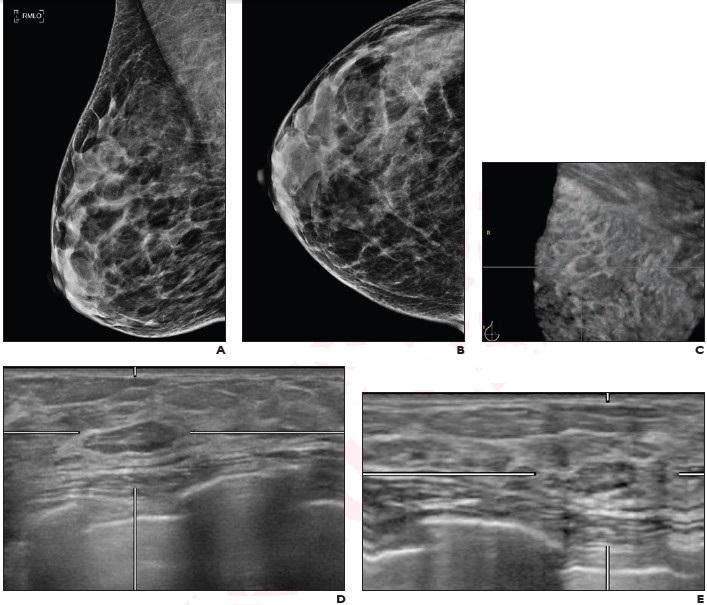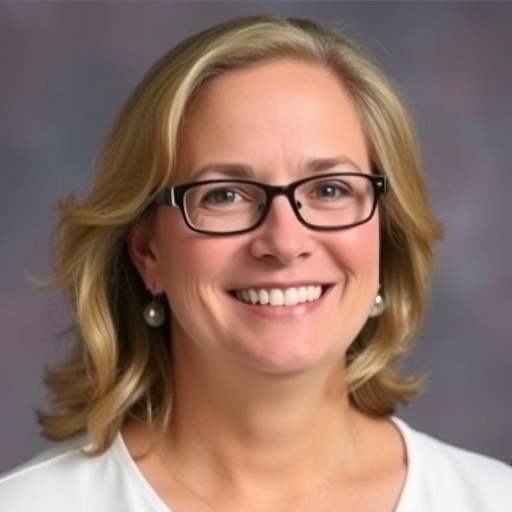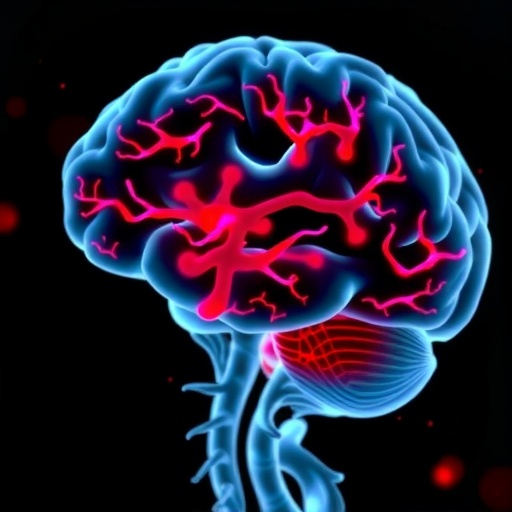Return to routine screening for BI-RADS 3 lesions on supplemental automated whole-breast ultrasound substantially reduces the recall rate, while being unlikely to result in adverse outcome

Credit: American Roentgen Ray Society (ARRS), American Journal of Roentgenology (AJR)
Leesburg, VA, July 15, 2021–According to ARRS’ American Journal of Roentgenology (AJR), return to routine screening for BI-RADS 3 lesions on supplemental automated whole-breast US (ABUS) substantially reduces the recall rate, while being unlikely to result in adverse outcome.
“This prospective study supports a recommendation for routine annual follow-up for BI-RADS 3 lesions at supplemental ABUS,” wrote lead author Richard G. Barr of Northeastern Ohio Medical University in Rootstown.
From August 2013 to December 2016, Barr and colleagues’ prospective study (NCT02650778) enrolled patients with BI-RADS 1 or 2 on screening mammography and breast density C or D to undergo supplemental ABUS, which was interpreted as BI-RADS 1, 2, 3, or 0. For ABUS BI-RADS 1, return to routine screening was recommended, whereas ABUS BI-RADS 0 lesions underwent targeted hand-held ultrasound.
In 2,257 women (mean age, 58 years), routine follow-up of BI-RADS 3 lesions detected on supplemental ABUS screening in women with dense breasts and any risk resulted in a recall rate of 3.8% (85/2,257), biopsy rate of 0.5% (12/2,257), and positive biopsy rate of 58.3% (7/12)–with no missed cancers (95% CI, 0.0-0.86%).
Noting that ABUS can help mitigate acquisition variability by standardizing the documentation, recording, and archiving of ultrasound images from the entire breast (excluding the axilla), Barr et al. reiterated that ABUS images of similar quality can be obtained from adequately trained ultrasonographers and mammographers.
“Avoiding earlier follow-up for these probably benign lesions can be associated with substantial cost savings,” the authors of this AJR article added.
###
Founded in 1900, the American Roentgen Ray Society (ARRS) is the first and oldest radiological society in North America, dedicated to the advancement of medicine through the profession of radiology and its allied sciences. An international forum for progress in medical imaging since the discovery of the x-ray, ARRS maintains its mission of improving health through a community committed to advancing knowledge and skills with an annual scientific meeting, monthly publication of the peer-reviewed American Journal of Roentgenology (AJR), quarterly issues of InPractice magazine, AJR Live Webinars and Podcasts, topical symposia, print and online educational materials, as well as awarding scholarships via The Roentgen Fund®.
Media Contact
Logan K. Young
[email protected]
Original Source
https:/
Related Journal Article
http://dx.




